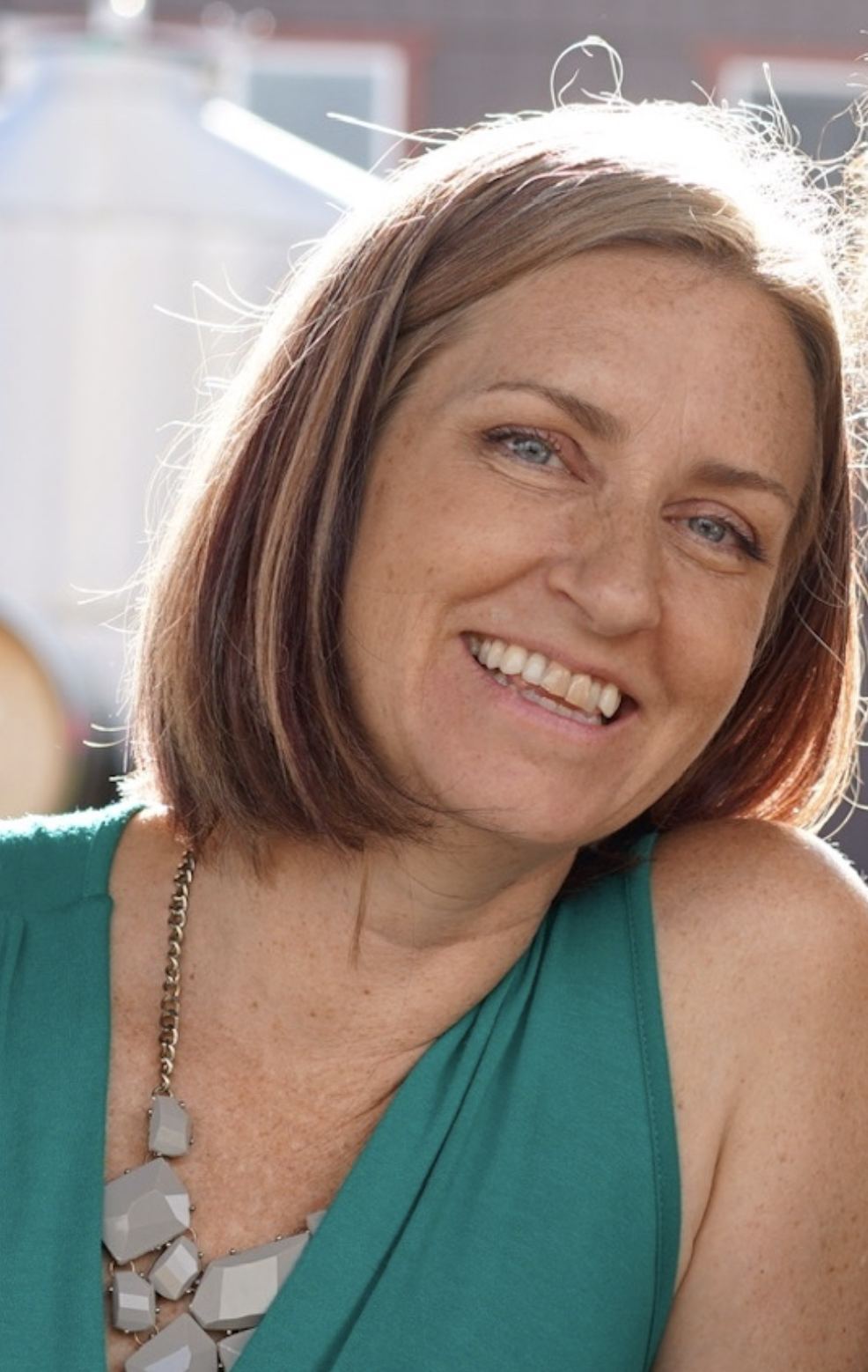How city leaders are charting a new course for San Francisco’s post-pandemic prosperity
By Ariel Neidermeier
In an ominous metaphor for San Francisco’s narrative in recent years, the glimmering LED strands of the Bay Bridge’s “Bay Lights” went dark in March. In many ways, the artwork stood as a symbol for the city’s historical role as a safe haven for marginalized groups — a beacon in the dark.
Lombard Street sunrise, San Francisco. Photo by Braden Collum on Unsplash
Throughout its history, San Francisco has served as a magnet and something of a refuge — for Chinese laborers during the Gold Rush, Black Americans migrating from the south, hippies and anti-war activists, dreamers, the LGBTQIA+ community, Latinx people and immigrants from around the globe, as well as Indigenous people who originally thrived in the Bay Area. It is also the birthplace of innovation and solutions, like the first fund that supported research on HIV/AIDS.
When the beloved decade-old light sculpture was finally switched off on March 5, 2023, there was a collective groan across the city’s waterfront. Engineers are hoping to bring back the installation, which will cost $11 million and eight to ten months to refurbish. It’s just another one of the many facets of city life that has “gone dark” since the pandemic.
San Francisco has faced significant challenges over the last few years, with the pandemic exacerbating many existing issues, including loss of thousands of tech jobs, tourism dollars, restaurants, and entertainment venues, leaving the arts and creative community especially hard hit. Between April 2020 and July 2021, the city's population declined by 58,764 residents, according to new figures from the U.S. Census Bureau. This means over 1 out of 20 residents left the city during the first year of the pandemic. As a result, more businesses closed in 2020 and 2021 than opened, and the city’s population shrank by 6.7%, the second-greatest decline of any U.S. region after New York City. While New York has seen its tourism, small business activity and population rebound since COVID-19 rates began to decline, San Francisco has struggled to restore its tax revenue base, leaving many people to wonder if it has become a failed city.
But, community and city leaders are not ready to admit defeat.
Katherine Daniel is the Director of Economic Recovery Initiatives and one of the city leaders driving the revitalization of San Francisco’s business district. Photo courtesy of Katherine Daniel.
Restarting San Francisco’s economic engine
Katherine Daniel is Director of Economic Recovery Initiatives at San Francisco’s Office of Economic and Workforce Development. She is one of the city leaders managing Mayor London Breed’s Roadmap to Downtown San Francisco's Future, a large-scale initiative that was unveiled in February to revitalize San Francisco’s business district.
Breed aims to reinvigorate San Francisco’s “Economic Core” – the engine of the city’s business activity and tax revenue – which includes Union Square, Mid-Market, SOMA, the waterfront, East Cut (Rincon Hill/Transbay), Yerba Buena and Mission Bay neighborhoods.
Before the COVID-19 pandemic, the Economic Core was responsible for almost 70% of San Francisco's jobs, 42% of its small business activity and 47% of its sales taxes. When the workers and tourists who once flooded this area went home — and never came back — it left a hollow shell of business activity and revenue in San Francisco that city leaders are still trying to restore.
According to Daniel, the aspects of San Francisco’s economy that once made it a thriving center of innovation and global business are also what caused its steep decline in the wake of the pandemic.
“We are a very knowledge-job based economy, which lends itself well to remote work and work from home,” said Daniel, attributing the ubiquity of tech, banking, legal and other knowledge economy job sectors as the reason for downtown San Francisco’s acute and sustained decline of foot traffic and — by result — tax revenue.
Along with gutting the city’s Economic Core, Daniel also noted the pandemic’s effect on San Francisco’s Asian Pacific business activity as a tipping point for the Economic Core’s decline.
“We’re a west coast hub for business travel and tourism from Asia and a lot of these Asian countries have not yet fully recovered in terms of travel and lifting some of the restrictions related to travel and that is having a disproportionate impact on our tourism economy for both business and for leisure,” said Daniel.
Key points of Mayor London Breed’s Roadmap to Downtown San Francisco's Future includes improvements to public spaces and transportation, increased housing, and enhanced retail and entertainment options to attract and retain a diverse range of industries, employers and visitors. Enhancements will aim to create a pedestrian-friendly environment with improved transit connections and reduced congestion. Finally, the Roadmap highlights the city's commitment to promoting equity and inclusivity through the planning process and ensuring that the benefits of development are shared by all residents.
While parts of Mayor Breed’s Roadmap have already been initiated, much of the large-scale efforts to transform Downtown into a leading arts, culture, and nightlife destination — and facilitate new uses for the 25% of office space that remains empty — will not begin until the city approves its budget on June 30, 2023.
San Francisco small business owner and advocate, Ben Bleiman, ponders over a pint. Photo courtesy of Ben Bleiman.
In San Francisco, “small businesses are like bonsai trees”
But . . . other city leaders would say that even prior to the decline of San Francisco’s Economic Core, there were policy problems sapping the city’s business activity.
According to Ben Bleiman, Founder of the San Francisco Bar Owner Alliance, Chairman of the Board of California Nightlife Association and President of the Entertainment Commission (though the views he expresses are his own), every piece of legislation affecting small businesses in the last 15 years has affected them negatively.
“All of the laws are based on this former time when small businesses were flourishing and abundant … Small businesses are like bonsai trees now…They need [the city] to do everything [it] can to make it as easy as possible to survive as a small business rather than the reverse,” said Bleiman.
Along with a total policy overhaul of what Bleiman calls “the five horsemen of the apocalypse” — commercial rents, taxes and fees, zoning and permitting, street cleanliness and safety, and tough competition from online businesses — Bleiman said that unless San Francisco increases the affordability and availability of housing downtown immediately, then its nightlife — 90% of which is made up of small businesses — will suffer.
Hope on the ground
While the lights of the city have no doubt dimmed, there are glimmers of hope on the horizon.
In a reversal of the first two years of the pandemic—when more businesses closed than opened—10,078 businesses opened last year compared with 6,937 business closures. Over the last 12 months, San Francisco has also seen the second-biggest worker population gain of any area in the United States. According to LinkedIn data measuring when people updated their locations on their profiles, for every 10,000 LinkedIn users, 83 moved to San Francisco in the last 12 months. These workers largely came from Los Angeles, Dallas-Fort Worth and Washington DC.
Even the fentanyl epidemic, which has had a disturbing grip on San Francisco since 2020, has shown signs of decline, indicating the positive impact of the city’s overdose prevention efforts. In 2022, the Department of Public Health recorded 620 accidental drug overdose deaths, compared to 640 deaths reported in 2021 and 725 in 2020. This shows a 14% decline from 2020, when drug overdose rates were at all-time high in San Francisco, in large part due to the COVID-19 pandemic and the growing presence of the deadly synthetic opioid, fentanyl.
Perhaps the way forward is looking to community leaders who, despite being on the frontlines of business closures and slowing economic activity, have not lost hope.
Al Perez, President of Filipino American Arts Exposition. Photo courtesy of Al Perez
Take Al Perez, the President of the Filipino American Arts Exposition (FAAE), who recently organized a new event called Chow Fun to revitalize the Excelsior, a neighborhood he has called home since he and his family immigrated to the United States from the Philippines more than 40 years ago.
While FAAE usually organizes events to broaden awareness and deepen understanding of Filipino heritage and traditions, Chow Fun was held during AAPI Heritage Month and San Francisco’s Small Business Week in May to activate and support all Asian-owned businesses in the Excelsior neighborhood, which is 51% Asian.
FAAE’s Chow Fun event activates support for Asian-owned restaurants and businesses in the Excelsior during AAPI Heritage Month and San Francisco Small Business Week. Photo courtesy of Al Perez.
“That’s part of the goal of [Chow Fun] … to give the business owners and the merchants support — not just business-wise but also moral support — to let them know that people from the community support them; to encourage them to hang on and keep going,” said Perez of the event.
Perez has hope that the city will move forward after the pandemic. “The city is resilient. We’ve gone through dot com booms and busts and fires, earthquakes. I’m very hopeful and I have a very positive outlook that we’re on our way to recovery. It’s just really going to take all of us to help each other and support small business owners, shop local.”
When the lights turn back on
In another symbolic nod to San Francisco’s stubborn resilience, a glitch caused the lights on the Bay Bridge to turn back on a week after engineers shut them off. Ironically, the lights’ reappearance occurred during the 2023 Academy Awards, spurring witty remarks on Twitter questioning whether the Bay Bridge should win the award for “Best Lighting.”
In the same way, San Franciscans have proven time and time again that even in the darkest of nights, they’ll find a way to illuminate their city as a haven for survivors, explorers and visionaries. The people who have chosen to stay in San Francisco to confront its most recent downturn will, no doubt, find a way to turn the lights back on again.
About the Author - Ariel Neidermeier (she/her) is a first generation Filipina-American writer educated in journalism at Emerson College and international relations at the University of California, San Diego. She lives in the San Francisco Bay Area.






